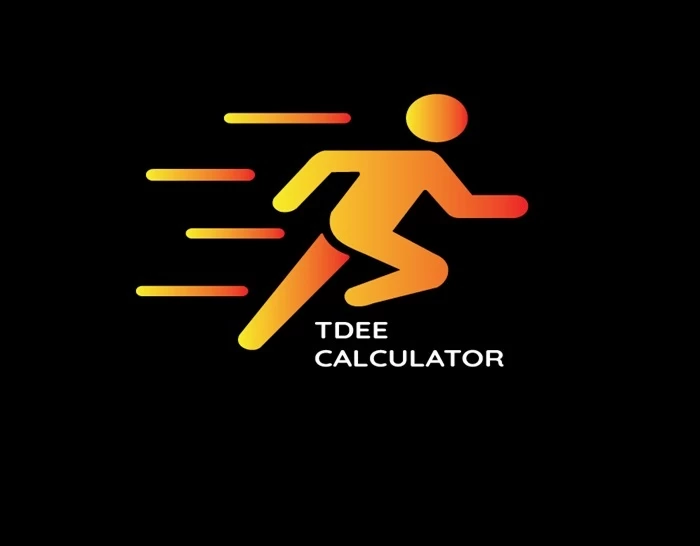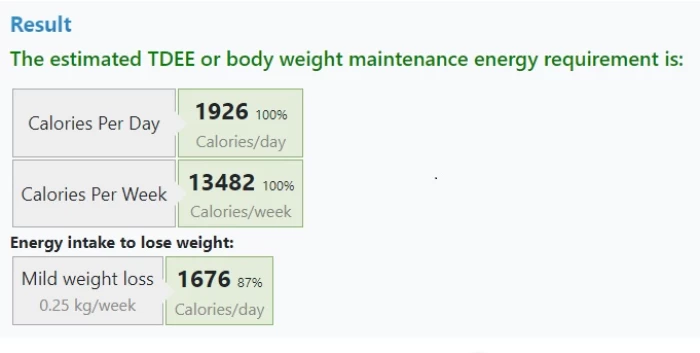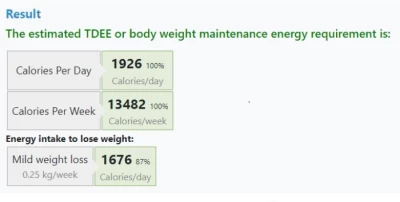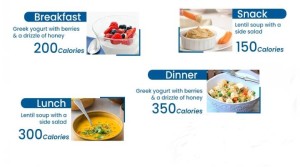Unlocking Your Fitness Journey – Understanding TDEE and Its Impact on Your Goals
Learn about the factors affecting TDEE, from basal metabolic rate to genetics, and gain insights into creating a personalized nutrition plan for a balanced and sustainable approach to your well-being.

TDEE, or Total Daily Energy Expenditure, is the total amount of calories you need in a day to maintain your current weight. It includes the calories burned through essential body functions like breathing and digestion, as well as those expended during physical activities. Calculating your TDEE is important because it helps you understand how many calories your body requires to function optimally.
If you’re looking to maintain your current weight, you would want to consume calories equal to your TDEE. For weight loss, you would eat fewer calories, and for weight gain, you would consume more. By figuring out your TDEE, you can create a personalized and effective nutrition plan that aligns with your fitness goals. Whether you’re aiming to shed some pounds or build muscle, knowing your TDEE serves as a fundamental starting point for achieving a balanced and sustainable approach to your dietary intake.
TDEE Calculator
The TDEE or Total Daily Energy Expenditure calculator is a computational tool designed to estimate the aggregate number of calories an individual spends over a day. This metric encompasses the calories required for basal metabolic functions, physical activity, and other metabolic processes. The calculator employs various inputs such as age, weight, height, and activity level to compute an individualized TDEE value. This value represents the daily caloric intake needed to maintain one’s current weight. In essence, the TDEE Calculator functions as a guide for determining the appropriate caloric consumption to sustain bodily functions and activities, and it serves as a reference point for those aiming to manage their weight through calorie regulation.
Factors Affecting TDEE

Total Daily Energy Expenditure (TDEE) is the total amount of calories your body needs in a day to maintain your current weight. Several factors contribute to determining your TDEE, and these factors can vary from person to person. Here are some key factors that affect TDEE.
- Basal Metabolic Rate (BMR)
This is the number of calories your body needs at rest to maintain essential physiological functions, such as breathing, circulation, and cell production. Factors like age, gender, weight, and lean body mass influence BMR.
- Physical Activity Level
The more active you are, the higher your TDEE. This includes both structured exercise (e.g. jogging, weightlifting) and non-exercise activity thermogenesis (NEAT), which refers to the calories burned through daily activities like walking, fidgeting, and household chores.
- Exercise Routine
The type, intensity, and duration of your workouts can impact your TDEE. High-intensity activities generally burn more calories than low-intensity ones. Strength training can also increase TDEE by building muscle mass, which requires more energy at rest.
- Body Composition
Muscle tissue requires more energy to maintain than fat tissue. Therefore, individuals with a higher proportion of muscle mass will generally have a higher TDEE.
- Age
Metabolism tends to slow down with age, primarily due to a decrease in muscle mass. This can lead to a lower TDEE as you get older.
- Genetics
Genetics play a role in determining your body’s metabolic rate and how it responds to food and exercise. Some people may naturally have a higher or lower TDEE based on their genetic makeup.
- Hormones
Hormones, such as thyroid hormones and sex hormones, can influence metabolism and energy expenditure. Conditions like hypothyroidism or hormonal imbalances may affect TDEE.
- Dietary Thermogenesis
The thermic effect of food (TEF) refers to the calories expended during digestion and processing of ingested nutrients. Different macronutrients (proteins, carbohydrates, and fats) have varying thermic effects.

TDEE, or Total Daily Energy Expenditure, is the total amount of calories you need in a day to maintain your current weight. It includes the calories burned through essential body functions like breathing and digestion, as well as those expended during physical activities. Calculating your TDEE is important because it helps you understand how many calories your body requires to function optimally.
If you’re looking to maintain your current weight, you would want to consume calories equal to your TDEE. For weight loss, you would eat fewer calories, and for weight gain, you would consume more. By figuring out your TDEE, you can create a personalized and effective nutrition plan that aligns with your fitness goals. Whether you’re aiming to shed some pounds or build muscle, knowing your TDEE serves as a fundamental starting point for achieving a balanced and sustainable approach to your dietary intake.
TDEE Calculator
The TDEE or Total Daily Energy Expenditure calculator is a computational tool designed to estimate the aggregate number of calories an individual spends over a day. This metric encompasses the calories required for basal metabolic functions, physical activity, and other metabolic processes. The calculator employs various inputs such as age, weight, height, and activity level to compute an individualized TDEE value. This value represents the daily caloric intake needed to maintain one’s current weight. In essence, the TDEE Calculator functions as a guide for determining the appropriate caloric consumption to sustain bodily functions and activities, and it serves as a reference point for those aiming to manage their weight through calorie regulation.
Factors Affecting TDEE

Total Daily Energy Expenditure (TDEE) is the total amount of calories your body needs in a day to maintain your current weight. Several factors contribute to determining your TDEE, and these factors can vary from person to person. Here are some key factors that affect TDEE.
- Basal Metabolic Rate (BMR)
This is the number of calories your body needs at rest to maintain essential physiological functions, such as breathing, circulation, and cell production. Factors like age, gender, weight, and lean body mass influence BMR.
- Physical Activity Level
The more active you are, the higher your TDEE. This includes both structured exercise (e.g. jogging, weightlifting) and non-exercise activity thermogenesis (NEAT), which refers to the calories burned through daily activities like walking, fidgeting, and household chores.
- Exercise Routine
The type, intensity, and duration of your workouts can impact your TDEE. High-intensity activities generally burn more calories than low-intensity ones. Strength training can also increase TDEE by building muscle mass, which requires more energy at rest.
- Body Composition
Muscle tissue requires more energy to maintain than fat tissue. Therefore, individuals with a higher proportion of muscle mass will generally have a higher TDEE.
- Age
Metabolism tends to slow down with age, primarily due to a decrease in muscle mass. This can lead to a lower TDEE as you get older.
- Genetics
Genetics play a role in determining your body’s metabolic rate and how it responds to food and exercise. Some people may naturally have a higher or lower TDEE based on their genetic makeup.
- Hormones
Hormones, such as thyroid hormones and sex hormones, can influence metabolism and energy expenditure. Conditions like hypothyroidism or hormonal imbalances may affect TDEE.
- Dietary Thermogenesis
The thermic effect of food (TEF) refers to the calories expended during digestion and processing of ingested nutrients. Different macronutrients (proteins, carbohydrates, and fats) have varying thermic effects.
Conversation
Latest Blogs
© Blog CoolCalculator, Explore CoolCalculator, your destination for the latest insights, tips, and updates on the world of online calculators. Stay informed and make your calculations smarter with our blog. ,
Designed
by Saad Media Team , Team Lead M.Rizwan Akhtar












